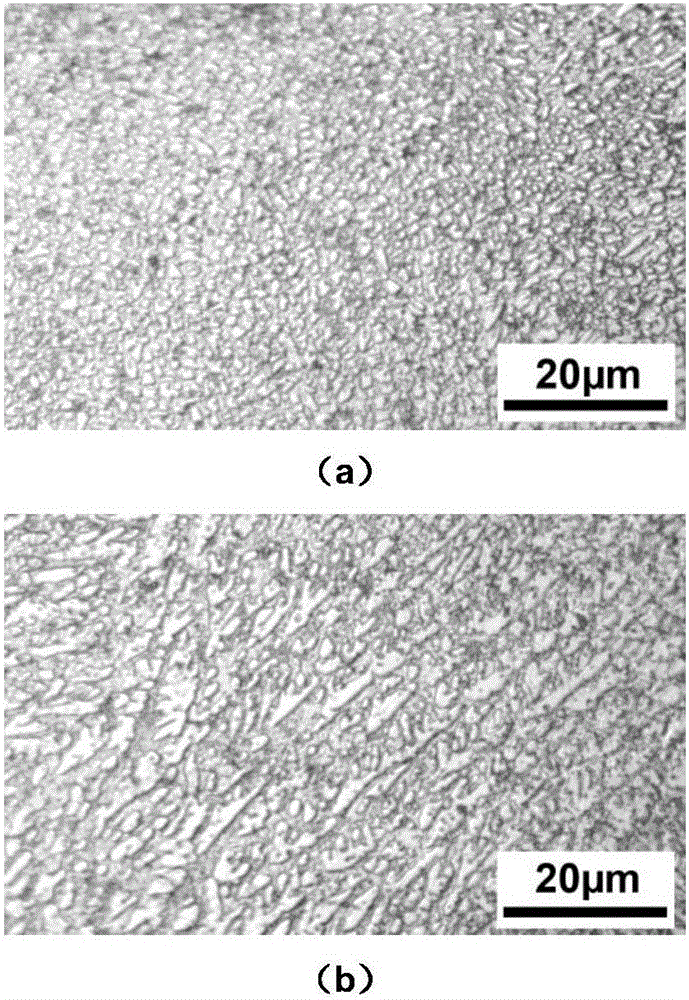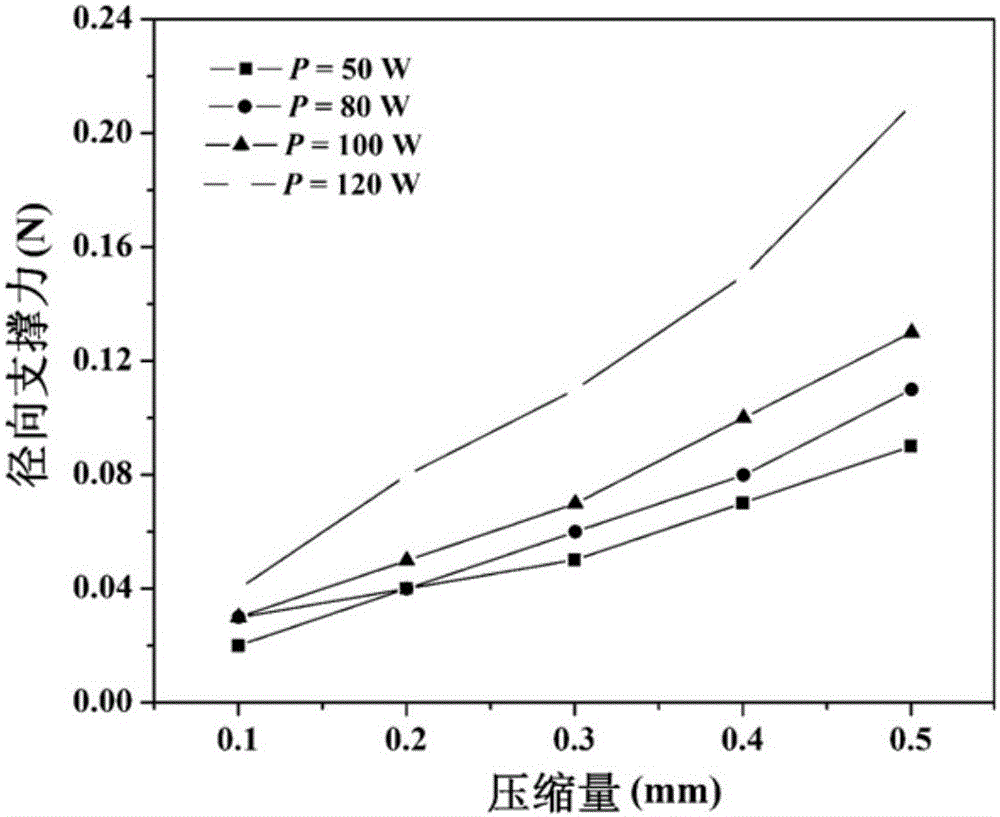Method for preparing shape memory alloy intravascular stent based on automatic powder laying laser combination machining technology
A vascular stent and combined processing technology, which is applied in the field of medical device manufacturing, can solve problems such as size deformation, difficulty in realizing complex shapes, warping deformation, etc., and achieve the effect of reducing size error and trauma area
- Summary
- Abstract
- Description
- Claims
- Application Information
AI Technical Summary
Problems solved by technology
Method used
Image
Examples
Embodiment 1
[0051] Step (1): Build a model
[0052] Establish the three-dimensional geometric model of the vascular stent in the computer, import the three-dimensional geometric model into the layered slicing software for layered discretization, the layer thickness is 30 μm, obtain the cross-sectional profile data and form the scanning path;
[0053] Step (2): Raw powder material preparation
[0054] A mixed powder material with an average particle size of 20 μm is made from Ni-Ti metal powder and added Co metal powder at a mass ratio of 50:49:1.0 at a temperature of 120°C;
[0055] In this step, the Ni-Ti metal powder and the added Co metal powder can also be prepared according to other mass ratios, as long as the mass ratio of nickel, titanium, and Co satisfies 40-60:40-60:0.5-1.0 At the same time, the temperature during preparation is not limited to 120 degrees, as long as it is between 100-150 degrees Celsius; the average particle size of the mixed powder material can also be changed...
Embodiment 2
[0061] Step (1): Build a model
[0062] The three-dimensional geometric model of the vascular stent was established in the computer, and the three-dimensional geometric model was imported into the layered slicing software for layered discretization, with a layer thickness of 35 μm, to obtain cross-sectional profile data and form a scanning path;
[0063] Step (2): Raw powder material preparation
[0064] A mixed powder material with an average particle size of 15 μm is made from Ni-Ti metal powder and added Cr metal powder at a mass ratio of 50.2:50:0.8 at a temperature of 120°C;
[0065] In this step, the Ni-Ti metal powder and the added Cr metal powder can also be prepared according to other mass ratios, as long as the mass ratio of nickel, titanium, and Cr satisfies 40-60:40-60:0.5-1.0 At the same time, the temperature during preparation is not limited to 120 degrees, as long as it is between 100-150 degrees Celsius; the average particle size of the mixed powder material c...
Embodiment 3
[0071] Step (1): Build a model
[0072] Establish the three-dimensional geometric model of the vascular stent in the computer, import the three-dimensional geometric model into the layered slicing software for layered discretization, the layer thickness is 40 μm, obtain the cross-sectional profile data and form the scanning path;
[0073] Step (2): Raw powder material preparation
[0074] A mixed powder material with an average particle size of 10 μm is made from Ni-Ti metal powder and added V metal powder at a mass ratio of 50:49.3:0.7 at a temperature of 130°C;
[0075] In this step, the Ni-Ti metal powder and the added V metal powder can also be prepared according to other mass ratios, as long as the mass ratio of nickel, titanium, and V satisfies 40-60:40-60:0.5-1.0 At the same time, the temperature during preparation is not limited to 130 degrees, as long as it is between 100-150 degrees Celsius; the average particle size of the mixed powder material can also be changed,...
PUM
| Property | Measurement | Unit |
|---|---|---|
| Thickness | aaaaa | aaaaa |
| Surface roughness | aaaaa | aaaaa |
| The average particle size | aaaaa | aaaaa |
Abstract
Description
Claims
Application Information
 Login to View More
Login to View More - R&D
- Intellectual Property
- Life Sciences
- Materials
- Tech Scout
- Unparalleled Data Quality
- Higher Quality Content
- 60% Fewer Hallucinations
Browse by: Latest US Patents, China's latest patents, Technical Efficacy Thesaurus, Application Domain, Technology Topic, Popular Technical Reports.
© 2025 PatSnap. All rights reserved.Legal|Privacy policy|Modern Slavery Act Transparency Statement|Sitemap|About US| Contact US: help@patsnap.com



